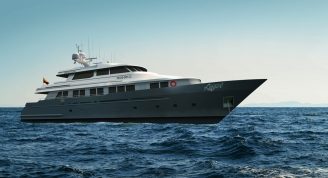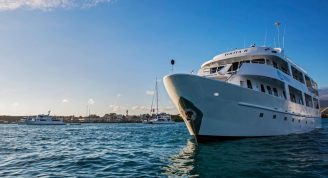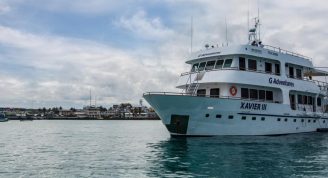Description
Embark on an enriching 8-day voyage through the stunning Galapagos archipelago. The journey offers an immersive experience starting from Baltra, encompassing remarkable island visits like Santa Cruz, Genovesa, Santiago, Isabela, Fernandina, and more. You’ll witness diverse landscapes, from volcanic terrains to serene beaches, encountering unique wildlife such as Galapagos penguins, sea lions, marine iguanas, and an array of bird species. Standout highlights include the explorations of Bachas Beach and its WWII history, the bird-rich terrain of Genovesa with Prince Phillip’s Steps and Darwin Bay, the distinct Chinese Hat and Rabida Islands, the geologically dramatic Moreno Point and Urbina Bay, the vibrant Fernandina Island’s Espinoza Point, and the historical pirate cove, Buccaneer Cove. Encounter the Galapagos’ natural marvels, witness geological wonders, and delve into the region’s history, all while reveling in snorkeling opportunities and captivating nature walks.
Shorter 4 or 5-day voyages are available. Please contact us for more information regarding dates and rates.











